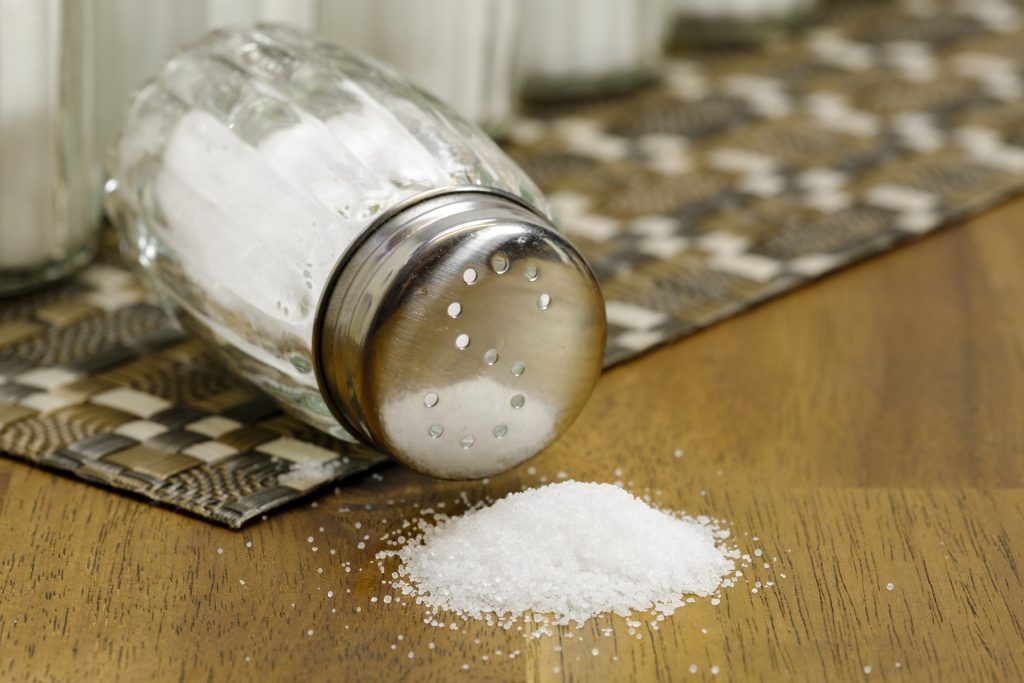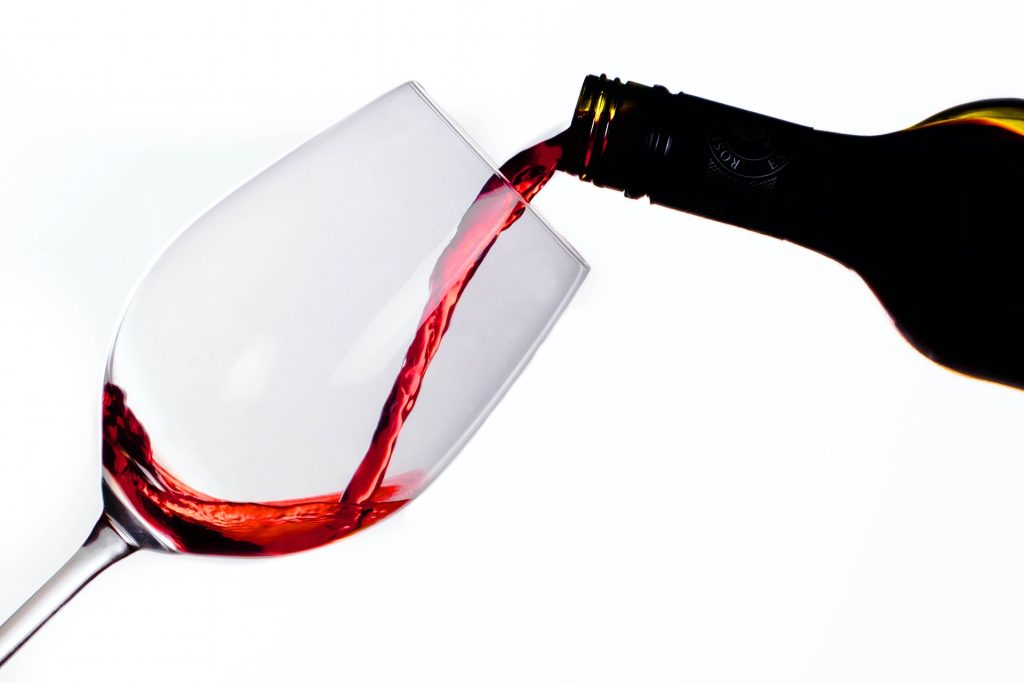Added Potassium Salt Substitute Greatly Cuts CVD Risk

Replacing table salt with a low-sodium, added potassium ‘salt substitute’ significantly reduces rates of stroke, heart attack and death, one of the largest dietary intervention studies ever conducted.
Presented at the European Society of Cardiology Congress in Paris, and simultaneously published in the New England Journal of Medicine, the results also showed that there were no harmful effects from the salt substitute, such as hyperkalaemia.
High sodium intake and low potassium intake are widespread. Both are linked to hypertension and increased risks of stroke, heart disease and premature death. Using a salt substitute – where part of the sodium chloride is replaced with potassium chloride – addresses both problems at once. Salt substitutes are known to lower blood pressure but their effects on heart disease, stroke, and death were unclear, until now.
Lead researcher, Professor Bruce Neal of The George Institute for Global Health, said that the benefit could prevent millions of early deaths with the widespread adoption of salt substitutes.
“Almost everyone in the world eats more salt than they should. Switching to a salt substitute is something that everyone could do if salt substitutes were on the supermarket shelves,’’ he said.
“Better still, while salt substitutes are a bit more expensive than regular salt, they’re still very low-cost – just a few dollars a year to make the switch.”
“As well as showing clear benefits for important health outcomes, our study also allays concerns about possible risks. We saw no indication of any harm from the added potassium in the salt substitute. Certainly, patients with serious kidney disease should not use salt substitutes, but they need to keep away from regular salt as well,” added Professor Neal.
The Salt Substitute and Stroke Study enrolled 21 000 adults with either a history of stroke or poorly controlled blood pressure from 600 villages in rural areas of China from 2014 to 2015.
Participants in intervention villages were provided enough salt substitute to cover all household cooking and food preservation requirements – a daily amount of 20g per person. Those in the other villages continued using regular salt.
Over five years’ average follow up, more than 3000 participants had a stroke. Use of salt substitute reduced stroke risk by 14 percent, total cardiovascular events (strokes and heart attacks combined) by 13 percent and premature death by 12 percent.
Professor Neal said that as salt substitutes are relatively cheap (US$1.62 per kg vs US$1.08 per kg for regular salt in China), they are likely very cost effective.
“Last year, a modelling study done for China suggested that about 400 000 premature deaths might be prevented each year by national uptake of salt substitute. Our results now confirm this. If salt was switched for salt substitute worldwide, there would be several million premature deaths prevented every year,” he said.
“This is quite simply the single most worthwhile piece of research I’ve ever been involved with. Switching table salt to salt substitute is a highly feasible and low-cost opportunity to have a massive global health benefit.”
As a result of the study, George Institute researchers are calling for salt manufacturers to embrace salt substitution, the promotion of salt substitutes by governments, and the use of substitute salt by consumers.






